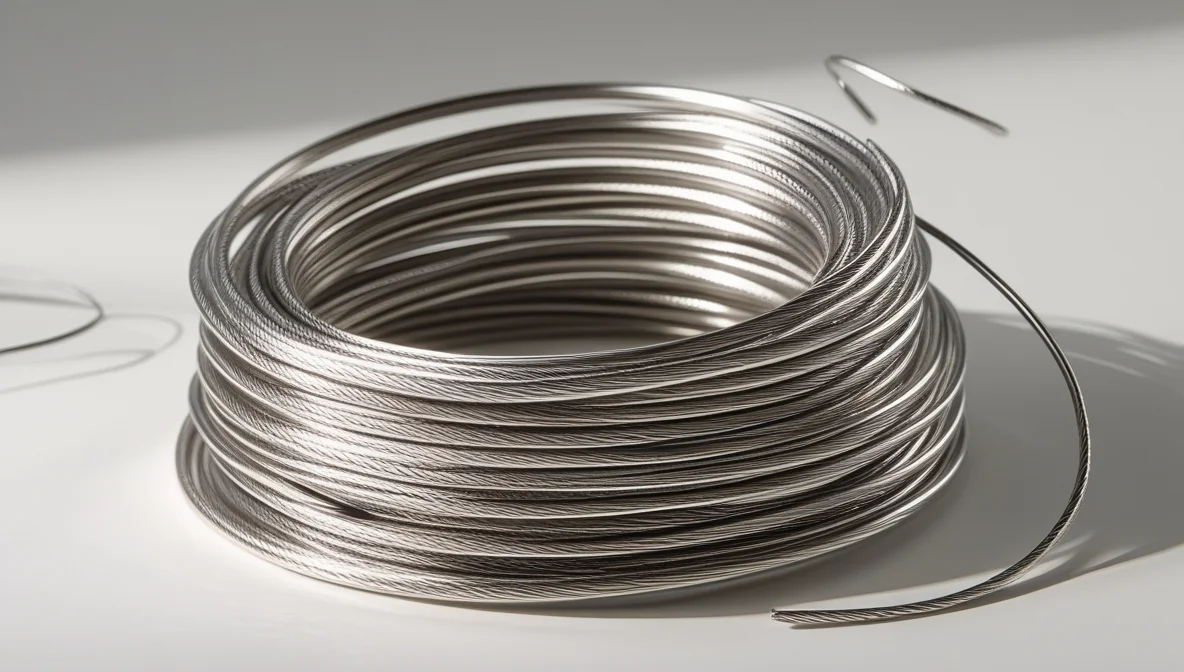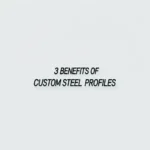.article-sssw-content-6 p { margin-bottom: 1em; line-height: 1.6; color: #333; }
.article-sssw-content-6 strong { font-weight: 600; }
.article-sssw-content-6 a { color: #0066cc; text-decoration: none; }
.article-sssw-content-6 a:hover { text-decoration: underline; }
.article-sssw-content-6 .note { font-style: italic; color: #555; border-left: 3px solid #ccc; padding-left: 10px; margin-left: 5px; }


For nearly all spring applications, a steel spring (either high-carbon steel, alloy steel, or stainless steel) is significantly better than a copper spring. Here’s why:
Steel Springs (General Characteristics):
- High Strength & Elasticity: Steel alloys used for springs (like music wire, oil-tempered wires, stainless spring wire) possess a very high yield strength and modulus of elasticity. This means they can withstand significant forces without permanently deforming and efficiently store and release mechanical energy.
- Excellent Fatigue Life: Steel springs are designed to endure millions of loading and unloading cycles without breaking.
- Durability: They offer good wear resistance and overall robustness.
- Cost-Effective: Carbon steel spring materials are generally inexpensive and widely available.
Copper Springs (General Characteristics):
- Lower Strength & Elasticity: Copper and its common alloys (like brass or bronze) have much lower yield strength and elastic modulus compared to spring steels. They deform permanently under much lower loads, making them generally unsuitable for storing significant mechanical energy as a spring.
- Poor Fatigue Life: Copper alloys typically have much lower fatigue strength than steel, meaning they would fail quickly under repeated cycling in a typical spring application.
- Excellent Electrical & Thermal Conductivity: Copper’s main advantages lie here, which are usually irrelevant for mechanical springs.
- Good Corrosion Resistance: Copper offers good resistance to certain types of corrosion.
Why Steel is Preferred for Springs:
The fundamental purpose of a spring is to deform elastically under load and return to its original shape when the load is removed, storing potential energy in the process. Steel’s mechanical properties – high yield strength, high modulus of elasticity, and good fatigue resistance – make it exceptionally well-suited for this task. Copper simply doesn’t have the required strength or elasticity to function effectively as a mechanical spring in most applications.
While some copper alloys like Beryllium Copper (BeCu) can be heat-treated to achieve much higher strength than standard copper and possess good spring properties along with non-sparking and non-magnetic characteristics, they are still generally not as strong as high-carbon steel springs and are significantly more expensive. BeCu springs are used in specialized applications where its unique combination of properties (conductivity, non-sparking) is required, often in electrical components or hazardous environments, rather than general mechanical springs.
Therefore, for standard mechanical springs, steel (carbon, alloy, or stainless) is the vastly superior choice compared to copper.
Which is better steel spring or copper spring? — This article provides a practical buyer‑focused overview with specifications, selection tips, and on‑site considerations. Explore related topics: blog.
Key Specifications and Standards
- Standards: ASTM / EN / JIS (e.g., ASTM A240/A36, EN 10088/10025, JIS G4304/G3131).
- Surface options: 2B, BA, No.4, HL, mirror; galvanized (electro / hot‑dip).
- Processing: hot‑rolled, cold‑rolled, annealed & pickled, welded or seamless.
- Typical services: slitting, shearing, cut‑to‑length, drilling, beveling, deburring.
- Documentation: MTC, CO, packing list with net/gross weight and heat numbers.
Typical Applications
Construction, machinery, automotive, energy, enclosures and fencing, food equipment (for stainless), and general fabrication. Match grade and finish to corrosion, strength, and appearance requirements.
Selection Guide
- Use certified material with Mill Test Certificate (MTC).
- Confirm standards (ASTM/EN/JIS) and tolerances per drawing.
- Match surface finish to application (2B/BA/No.4/galvanized).
- Specify dimensions and acceptable deviation upfront.
- Plan packaging and corrosion protection for transit.
Processing, Packaging and Logistics
We adopt edge protection, waterproof wrapping, rust‑inhibiting paper, fumigated pallets, and strapping suitable for sea freight. Loading photos and weight lists are provided for each shipment.
FAQs
Q: What lead time can I expect?
A: Typically 7–15 days ex‑works for standard sizes; custom processing may extend the schedule.
Q: Can you provide cut‑to‑size service?
A: Yes. We slit, shear, cut, drill, bevel and deburr to drawing to reduce waste and speed installation.
Q: How do you ensure quality?
A: Incoming inspection, process control, and final inspection with traceable heat numbers; third‑party inspection is available.
Q: Do you support small trial orders?
A: We support pilot quantities with consolidated shipping to control cost.
All values are typical and for guidance only; confirm with the datasheet and purchase order before production.
Related products: view details.
Related products: view details.





